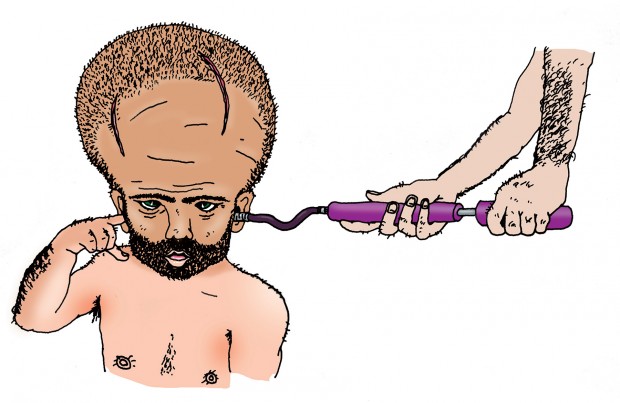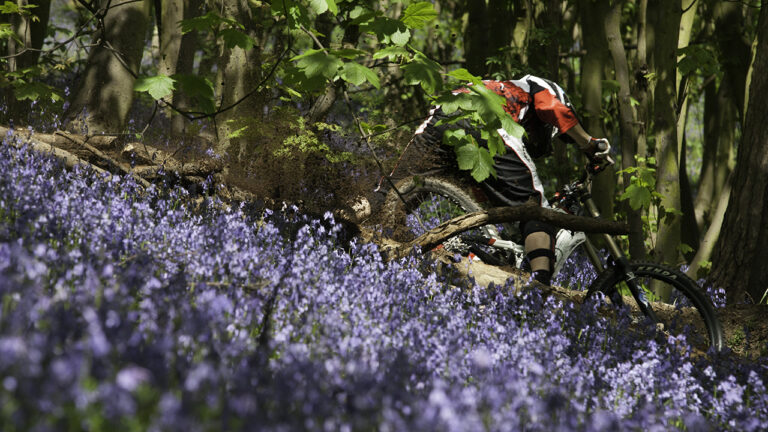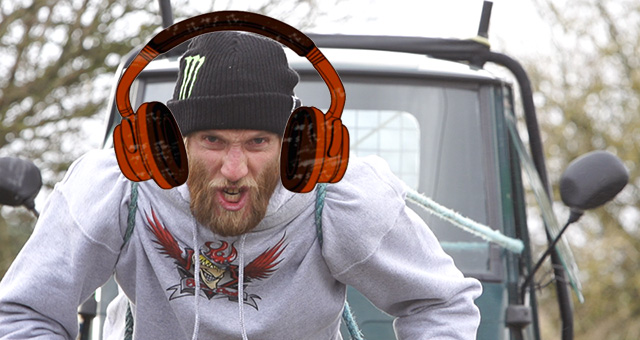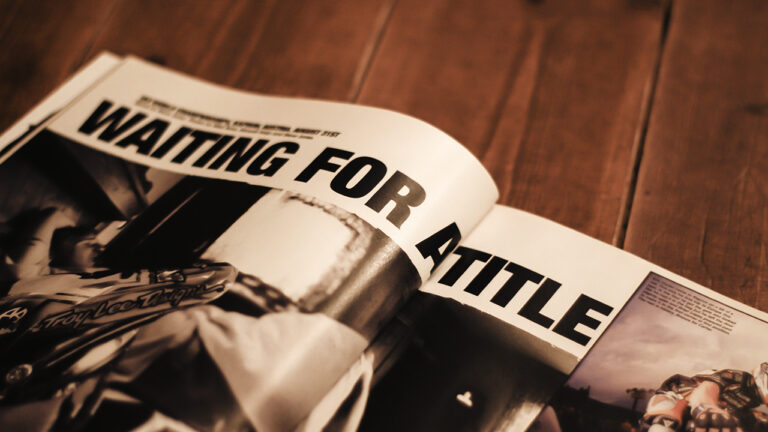Before we set you loose on Seb Kemp’s latest writings, we thought those of you who have never heard of Seb might appreciate a quick intro about the man behind the words. We first came across Seb way back when thanks to his ‘Whistler Diaries’ blog and we immediately fell in love with his close to the bone writing style that made many love him, and just as many hate him. At the time he was living a hand to mouth existence as a guide in Whistler and New Zealand, living what many would consider to be ‘the dream’. We then asked him to write a regular column in Dirt Magazine, and apart from a brief hiatus that has continued to this day.
Over that time he has seen the bike industry from pretty much every angle, and he can certainly ride too. Sometimes his work is a bit controversial, sometimes it’s just plain funny, but over the years he seems to have built up quite a following, to the point where he now writes for several publications/websites.
Anyway, several people have said to us that his column is the first thing they turn to when they get hold of a new issue of the mag, but sadly not everyone can get hold of a copy, so we thought this month we’d share it online with you all too. So, have a read and let us know if you like it…

HEY YOU HATE THIS
THE GREAT WHITE BUFFALO IS ACTUALLY THE ELEPHANT IN THE ROOM
Words by Seb Kemp. Illustration by Jon Gregory
Let’s start with a bold statement: The pressure in the tyres of your current bike will make a bigger difference to your performance as a rider than most of the bicycle technology you are considering buying–into next season.
At every trailhead across the land there are riders fumbling around the singletrack with questionable bike set–ups. You’ll see riders with elbows down, ass hovering over the back tyre, using their brakes like light switches. They are stuck in their granny ring spinning their knees into the next time zone, trying to build up the speed to get up and over a 12” rock step. All too often they slam their front wheel into the rock or they grind their crank arms into the ground, before giving up, defeated by the trail. These riders, with their poorly set–up bikes and limited bike handling skills, are usually the ones rabbiting on about buying the latest ‘technological innovation’.
Let me paint a picture of what the average mountain bike rider looks like. They are nearing–middle–age and get out their bike once, maybe twice a week. They are borderline overweight and last saw a gym when their high school coach made them do class in their underpants, or they are gym warriors who love to ramble on about ‘Zone 3 red blood cell depletion coefficients’. They either ride the latest and greatest gear but have no idea how to decipher the difference between what the catalogue and the manual says, or they ride a poorly maintained bike that is leaking Stan’s, a stem that is on wonky, brake pads that pull to the metal, has at least one seized pivot bearing, and whose compression adjuster knobs served more purpose to colour match with the anodized blue seat collar. Many of these people think that buying the latest gadget, widget or wheel size will magically make them better/faster/stronger. Any rider reading this who blindly puts his wallet before anything should consider something: You probably suck. Get better.
Most riders never had any formal training or guidance, instead they just muddle through, getting by with a bit of luck and sheer naivety. To get off the plateau of skill they turn to the catalogues for their next evolutionary step. It’s then that they fool themselves into thinking that they can consume themselves to a higher capacity; by buying something they magically ascend to the next level of skill and craft. This is a sad moment because this is the defeatist’s moment when the belief that swallowing the saltwater tablet of a new wheel size is their only hope. This is the point of silent dejection and from here on out they can only be momentarily lifted by consumption. Being better becomes an external thing, something that they have no control over, unless when waving a credit card about.
The sad thing is that spending all that cash probably won’t help them. Not as much as having properly set up their suspension, reminding them to unlock the rear shock, swapping out their bar and stem for something more modern or suited to their body shape, having bled brakes, or just lowering their seat from time to time. These simple things might make them a better rider. Hell, just evaluating the pressure in their tyres would probably really help matters.
The idea that ‘It Is All About The Bike’ is a monumentally flawed idea. It is not about the bike. Bikers know this, but those who are a little newer to mountain biking don’t realise it yet because all they see is a dazzling amount of fettling, geekiness and exciting sparkly things. Buying things won’t make someone a better rider, just as not checking the basics off the list first will make things harder than they need to be.
I don’t think it’s too radical to contest that perhaps 90% of riders couldn’t tell the difference between a Maxxis Super Tacky or 60a compound tyre in a blind taste test, let alone the few measly millimetres on their wheels they are about to spend three grand buying into.
However, this doesn’t mean the majority of riders are lost causes. Far from it. I believe 100% of riders can benefit from a little coaching, consideration and a gentle push in the right direction. Every rider can be better. Yes, even the world’s fastest racers. There is no end to learning, no magical moment of enlightenment where the learning finishes. A rider can always be better. These riders need the help and advice of others. If you are an experienced rider then devote a little of your time to someone who is struggling. Give them a pointer or two, or just nudge them in the direction of a qualified professional. It’s the duty of well–practiced mountain bikers to give a little lift to the next generation.
Remind someone that there is no great white buffalo on the other end of a purchase. Everyone knows it, but it’s the white elephant in the room that everyone is afraid to acknowledge. Time on the trails, not ‘face in the catalogues’ is the secret to having a better time on your bike.





